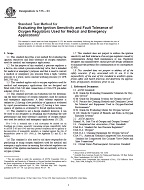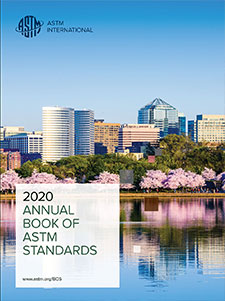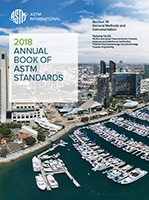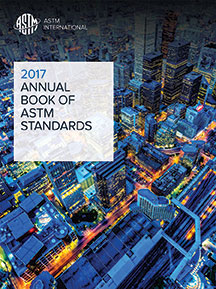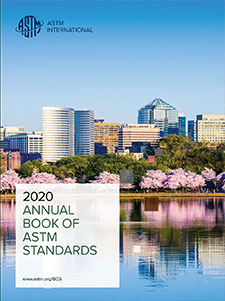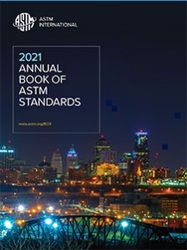Description
1.1 This standard describes a test method for evaluating the ignition sensitivity and fault tolerance of oxygen regulators used for medical and emergency applications.
1.2 For the purpose of this standard, a pressure regulator is a device, also called a pressure-reducing valve, that is intended for medical or emergency purposes and that is used to convert a medical or emergency gas pressure from a high, variable pressure to a lower, more constant working pressure [21 CFR 868.2700 (a)].
1.3 This standard applies only to oxygen regulators used for medical and emergency applications that are designed and fitted with CGA 540 inlet connections or CGA 870 pin-index adapters (CGA V-1).
1.4 This standard provides an evaluation tool for determining the fault tolerance of oxygen regulators used for medical and emergency applications. A fault tolerant regulator is defined as (1) having a low probability of ignition as evaluated by rapid pressurization testing, and (2) having a low consequence of ignition as evaluated by forced ignition testing.
1.5 This standard is not a design standard; however, it can be used to aid designers in designing and evaluating the safe performance and fault tolerance capability of oxygen regulators used for medical and emergency applications (G 128).
Note 1 – It is essential that a risk assessment be carried out on breathing gas systems, especially concerning oxygen compatibility (refer to ASTM G 63 and G 94) and toxic product formation due to ignition or decomposition of nonmetallic materials as weighed against the risk of flammability (refer to ISO 15001.2). See Appendix X1 and X2.1 for details.
1.6 This standard is also used to aid those responsible for purchasing or using oxygen regulators used for medical and emergency applications in ensuring that selected regulators are tolerant of the ignition mechanisms that are normally active in oxygen systems.
1.7 This standard does not purport to address the ignition sensitivity and fault tolerance of an oxygen regulator caused by contamination during field maintenance or use. Regulator designers and manufacturers should provide design safeguards to minimize the potential for contamination or its consequences (G 88).
1.8 This standard does not purport to address all of the safety concerns, if any, associated with its use. It is the responsibility of the user of this standard to establish appropriate safety and health practices and determine the applicability of regulatory limitations prior to use.
Product Details
- Published:
- 04/10/2003
- Number of Pages:
- 14
- File Size:
- 1 file , 890 KB

